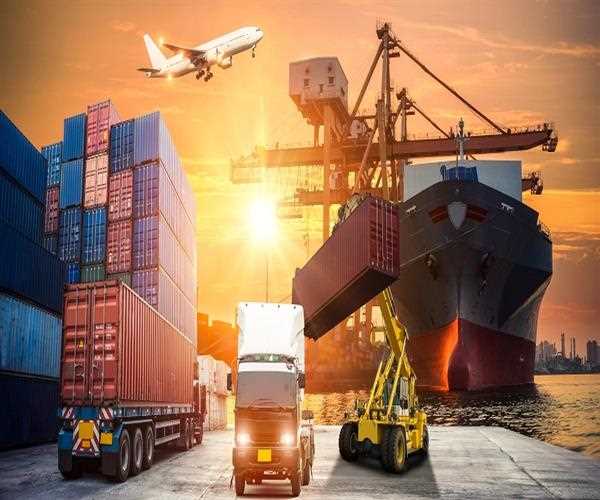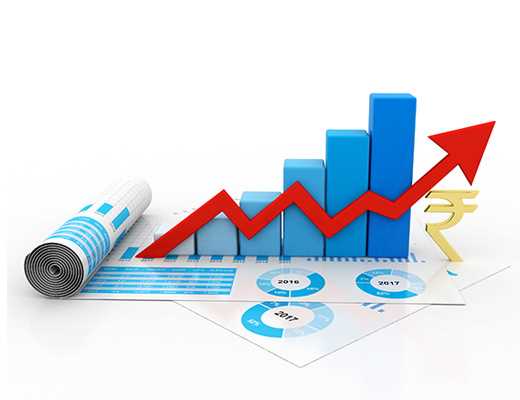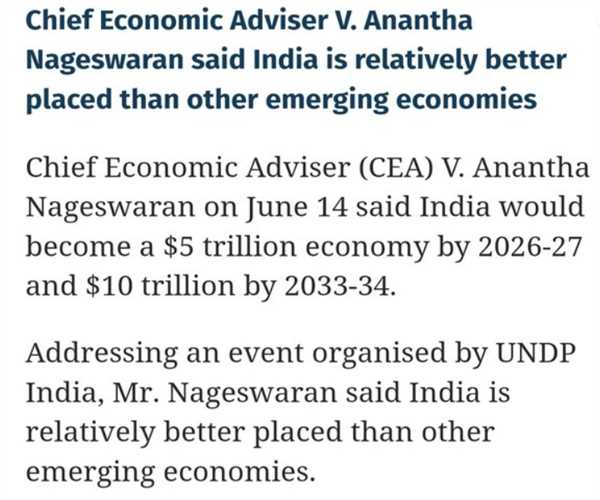
18-Jul-2023 , Updated on 7/18/2023 5:53:23 AM
Will India be the third largest economy by 2027?
Highlights
- India is currently the 5th largest economy in the world.
- Several economists and government officials have predicted that India will become the 3rd largest economy by 2027.
- This is based on India's strong economic growth in recent years, as well as its large and young population.
- However, there are some challenges that India will need to overcome in order to achieve this goal, such as poverty, inequality, and infrastructure bottlenecks.
- Overall, the outlook for India's economy is positive, and it is likely that India will become a major economic power in the coming years.
Some additional details-
- The IMF has forecast that India's economy will grow by 8.2% in 2023, which would be the fastest growth rate among major economies.
- India's population is expected to reach 1.4 billion by 2027, which would make it the second most populous country in the world.
- India is also making progress in improving its infrastructure, with investments in roads, railways, and airports.
India is one of the fastest-growing economies in the world, and there is a growing consensus that it will soon become the third-largest economy. In fact, some experts believe that India could even surpass Japan to become the second-largest economy by 2050.
There are a number of factors that are driving India's economic growth. These include a young and growing population, a large and growing middle class, a rapidly expanding manufacturing sector, and a growing services sector. India is also becoming a major player in the global economy, and its trade relations are expanding with countries around the world.
Let's come up with the simple calculation-
An average Indian must earn $13,000 annually to be the largest economy at the moment which is Rs 8.5 lakhs per year, resulting in a total income of more than $15 trillion for the 1.2 billion Indians. As of now, a typical Indian makes about 33% of that assuming you conform to buy power equality or about an eighth of that sum assuming that you take a gander at simply the dollar figures.
Workers earn more than $30,000 per year on average almost everywhere in the developed world. In the majority of developed nations, even the minimum wage is significantly higher than $13,000. Furthermore, an enormous lump of instructed Indians really do make more than $13000/yr. In addition, the majority of Indians living in the United States earn ten times as much, and I can assure you that none of them are geniuses.
Accordingly, the inquiry is how would we get a typical Indian to acquire at the level of a typical the lowest pay permitted by law specialist in the US, Japan or Western Europe. Obviously, some will make significantly more than that and some will be jobless, detained or in a medical clinic bed.
India's Current Economic Landscape
India's economy has shown remarkable resilience and consistent growth over the past few decades. With a GDP of approximately $3 trillion (as of 2021), it is currently the world's sixth-largest economy. The country has made significant strides in sectors such as information technology, pharmaceuticals, automobile manufacturing, and services, which have contributed to its economic expansion. Additionally, India's demographic advantage, with a large working-age population, has fueled its growth potential.
Of course, there are also some challenges that India will need to overcome in order to achieve its economic goals. These include high levels of poverty, inequality, and corruption. India will also need to improve its infrastructure and education system in order to sustain its economic growth.
Despite these challenges, there is a strong belief that India is on the right track to become a major economic power in the coming decades. If India can continue to grow at its current pace, it is likely to become the third-largest economy by 2027.

Source : IBEF
Here are some of the key factors that are driving India's economic growth-
- A young and growing population- India has a population of over 1.4 billion people, and the average age of the population is just 28 years old. This means that India has a large and growing workforce, which is a major driver of economic growth.
- A large and growing middle class- India's middle class is growing rapidly, and this is also a major driver of economic growth. The middle class is spending more money on goods and services, which is boosting demand and creating jobs.
- A rapidly expanding manufacturing sector- India's manufacturing sector is growing rapidly, and this is also a major driver of economic growth. India is becoming a major producer of a wide range of goods, including automobiles, electronics, and textiles.
- A growing services sector- India's services sector is also growing rapidly, and this is another major driver of economic growth. The services sector includes a wide range of industries, such as IT, finance, and tourism.
According to the CEA V. Anantha Nageswaran India will turn into a $5 trillion economy by 2027.
Strong points that poised India to be the largest economy by 2027
- India has a strong track record of economic growth- India has been growing at an average rate of around 7% per year for the past few decades. This is a strong track record of economic growth, and it suggests that India has the potential to continue growing at a rapid pace in the future.
- India has a large and growing market- India has a population of over 1.4 billion people, and this is a large and growing market. This means that India has the potential to attract a lot of foreign investment, which can help to boost economic growth.
- India has a young and growing workforce- India has a young and growing workforce, and this is a major advantage for the country. A young workforce is more productive than an older workforce, and it is also more adaptable to new technologies.
Additionally, the government projects that India's economy will be worth $10 trillion by 2033.End note: There are higher chances that India will turn into the third largest economy in the following five years. Between the years 2023 and 2027, India's GDP is expected to expand at an annual rate of 6.9%, as predicted by the International Monetary Fund (IMF). India's GDP would rise to approximately $5.5 trillion by 2027, surpassing that of Germany and Japan.
SEO and Content Writer
I am Drishan vig. I used to write blogs, articles, and stories in a way that entices the audience. I assure you that consistency, style, and tone must be met while writing the content. Working with the clients like bfc, varthana, ITC hotels, indusind, mumpa, mollydolly etc. has made me realized that writing content is not enough but doing seo is the first thing for it.
Join Our Newsletter
Subscribe to our newsletter to receive emails about new views posts, releases and updates.
Copyright 2010 - 2025 MindStick Software Pvt. Ltd. All Rights Reserved Privacy Policy | Terms & Conditions | Cookie Policy